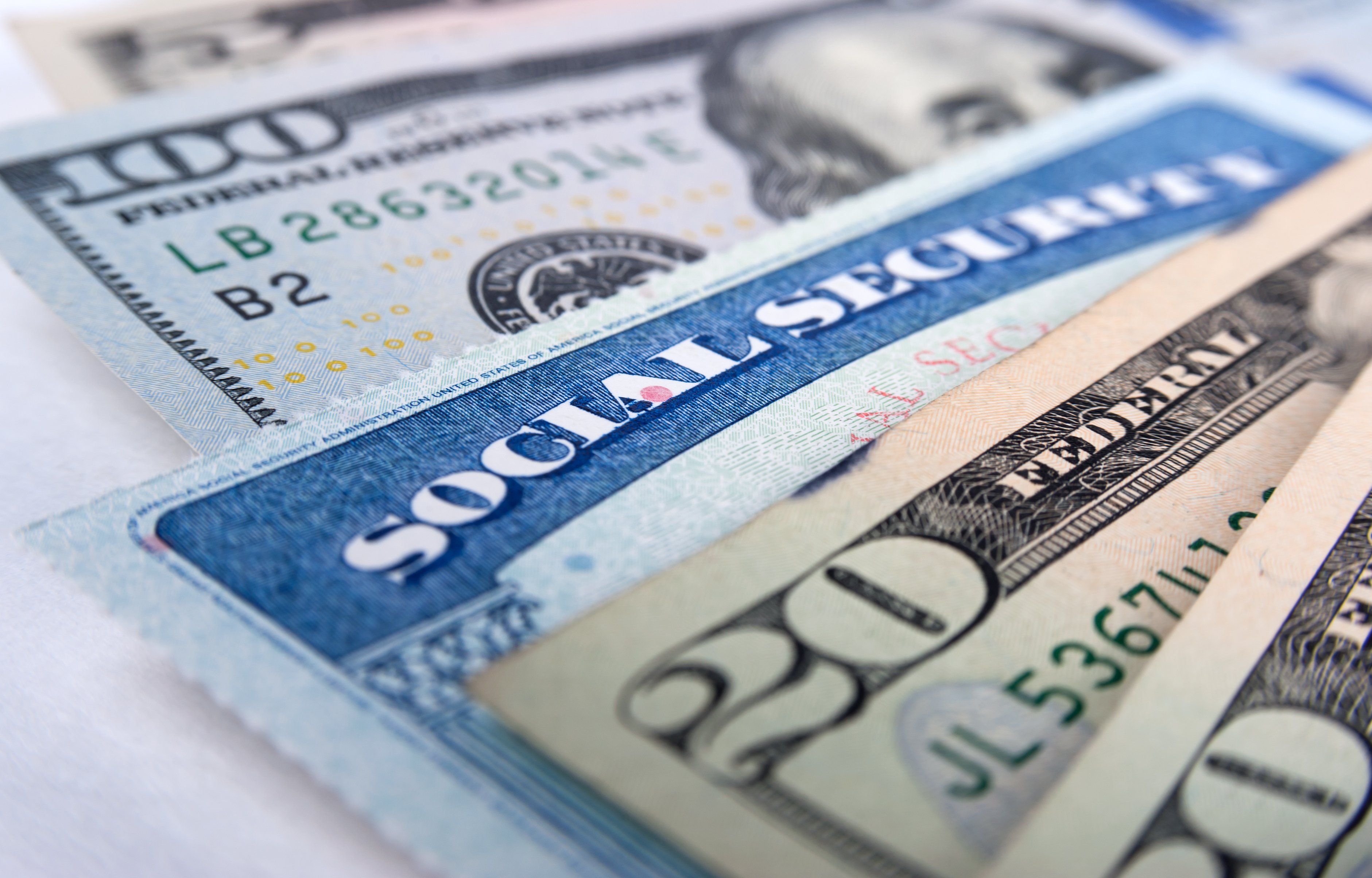You've done the hard part. You lived modestly, you saved regularly, and now you have a nest egg large enough to allow you to retire early. There's just one problem: The IRS will charge you a 10% early withdrawal penalty if you take money out of your 401(k) because you're under age 59 1/2.
It might seem like an impossible bind, but there are two main ways you can get the money you need while avoiding the tax penalty. However, they come with pros and cons of their own.

Image source: Getty Images.
1. Rule of 55
The rule of 55 enables you to make penalty-free 401(k) withdrawals if you separate from your employer in the year you turn 55 or later. If you're a public safety worker, like a police officer, firefighter, or air traffic controller, you can take advantage of this rule in the year you turn 50.
The catch is, you can only make penalty-free withdrawals from your most recent employer's 401(k). Older 401(k)s and IRAs still carry the penalty until you turn 59 1/2. If you don't have enough money in your most recent employer's 401(k) to last until you turn 59 1/2, you may be able to roll over money from an old 401(k). However, not all plans allow rollovers, so you'll have to check the rules.
The age limit on the rule of 55 also means that those retiring in their early 50s likely won't be able to take advantage of this exception to the 10% early withdrawal penalty. Fortunately, there's another option available to you.
2. Substantially equal periodic payments (SEPPs)
You're allowed to take substantially equal periodic payments (SEPPs) from your retirement accounts, regardless of your age. SEPPs are payments of a certain amount taken on a particular schedule for the longer of five years or until you turn 59 1/2. There are several ways you can calculate your SEPPs, but you must make withdrawals at least annually.
This could work well for you if you're fairly certain of how much money you need and you're comfortable committing to a withdrawal schedule. But if the lack of flexibility concerns you, this might not be your best choice.
If you fail to take your SEPPs as scheduled, the IRS will retroactively charge you all the 10% early withdrawal penalties you should have paid on your earlier SEPPs. So, for example, if your SEPP involves taking $20,000 per year and you do this for three years, but you don't take out any money in the fourth year, you'll owe a 10% early withdrawal penalty on the $60,000 in withdrawals you took during the past three years -- even if you're over 59 1/2 during the fourth year.
Alternatives to the rule of 55 and SEPPs
If the rule of 55 and SEPPs don't feel like the right fit for you, a few other strategies can help you get the money you need for early retirement, including:
- Withdrawing Roth IRA contributions: If you have a Roth IRA, you can withdraw your contributions tax- and penalty-free at any age. This doesn't apply to earnings, though.
- Tapping your taxable brokerage account: Taxable brokerage accounts aren't retirement accounts, so there aren't any rules restricting when you can withdraw funds from them. However, if you hold investments for less than one year before selling, you'll pay short-term capital gains tax instead of the more favorable long-term capital gains tax.
- Paying the 10% early withdrawal penalty: This is a method of last resort, but if you're nearing 59 1/2 and just need a small amount of cash to hold you over until you can access your savings penalty-free, the 10% penalty may not be that large.
You should also keep in mind that, unless the money comes out of a Roth account, you will owe ordinary income taxes on retirement account withdrawals. So be sure you're budgeting accordingly.





